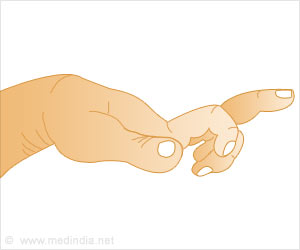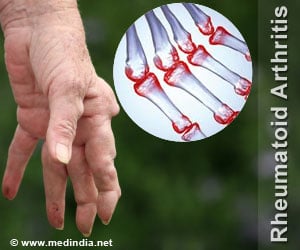The continuous and intense work could have helped the renowned artist, Michelangelo to keep the use of his hands as long as possible.

‘Osteoarthritis is already one of the ten most disabling diseases in developed countries.Worldwide estimates are that 9.6% of men and 18.0% of women aged over 60 years have symptomatic osteoarthritis, according to the World Health Organization.’





Three portraits of Michelangelo created between the ages of 60 and 65 were analyzed. The researchers found that the small joints of his left hand were affected by non-inflammatory degenerative changes that can be interpreted as osteoarthritis. However, in earlier portraits of the artist his hands appear with no signs of deformity. "It is clear from the literature that Michelangelo was afflicted and in 1552, in a letter to his nephew, he wrote that writing gave him great discomfort. Despite this, he continued to create one masterpiece after another and was seen hammering up to six days before his death in 1564. The diagnosis of osteoarthritis offers one plausible explanation for Michelangelo's loss of dexterity in old age and emphasizes his triumph over infirmity as he persisted in his work until his last days," said Davide Lazzeri, lead author of the study.
“In the past this has been attributed to gout, but this can be dismissed. This is because there are no signs of inflammation in the artist's hands and no evidence of any tophi, the small lumps of uric acid crystals that can form under the skin of people with gout,” he added.
"The diagnosis of osteoarthritis offers one plausible explanation for Michelangelo's loss of dexterity in old age and emphasizes his triumph over infirmity as he persisted in his work until his last days," Lazzeri said.
Advertisement















